Home › Forum topic › Plant Monitoring and Demography › Tagging plants for demography
Tagged: demography, monitoring, rare species, tagging plants
-
AuthorPosts
-
December 1, 2022 at 1:51 pm #14487
Matthew WangCPC Conservation Officer
I will be starting a long demography project in the next few months and was looking for advice on tagging. We are not allowed to leave any metal tags. We are considering toothpicks but there are a number of rodents in the area that can easily run off with them. The plants can grow in pretty dense clusters so having them distinguished is crucial. Any input would be appreciated!
December 1, 2022 at 2:16 pm #14489Joe DavittCPC Conservation Officer
This is certainly dependent upon your target species and location, but we’ve used pit tags as a way to track the locations of reintroduced geophytes (Dudleya). The tags are small and thin. We dug/drilled a small hole into the soil, buried the tag on the south (or wherever you want) side of the plant, and used a tag reader to locate and ID the plants. The tags can not be seen and we’ve been reading the same tags since Jan 2019 (~4 years) and they all still work. It was fairly cost efficient too. Feel free to email me if you want more information about how it works, or the brand/sourcing of the tags we’re using!
Joe Davitt
December 1, 2022 at 2:55 pm #14494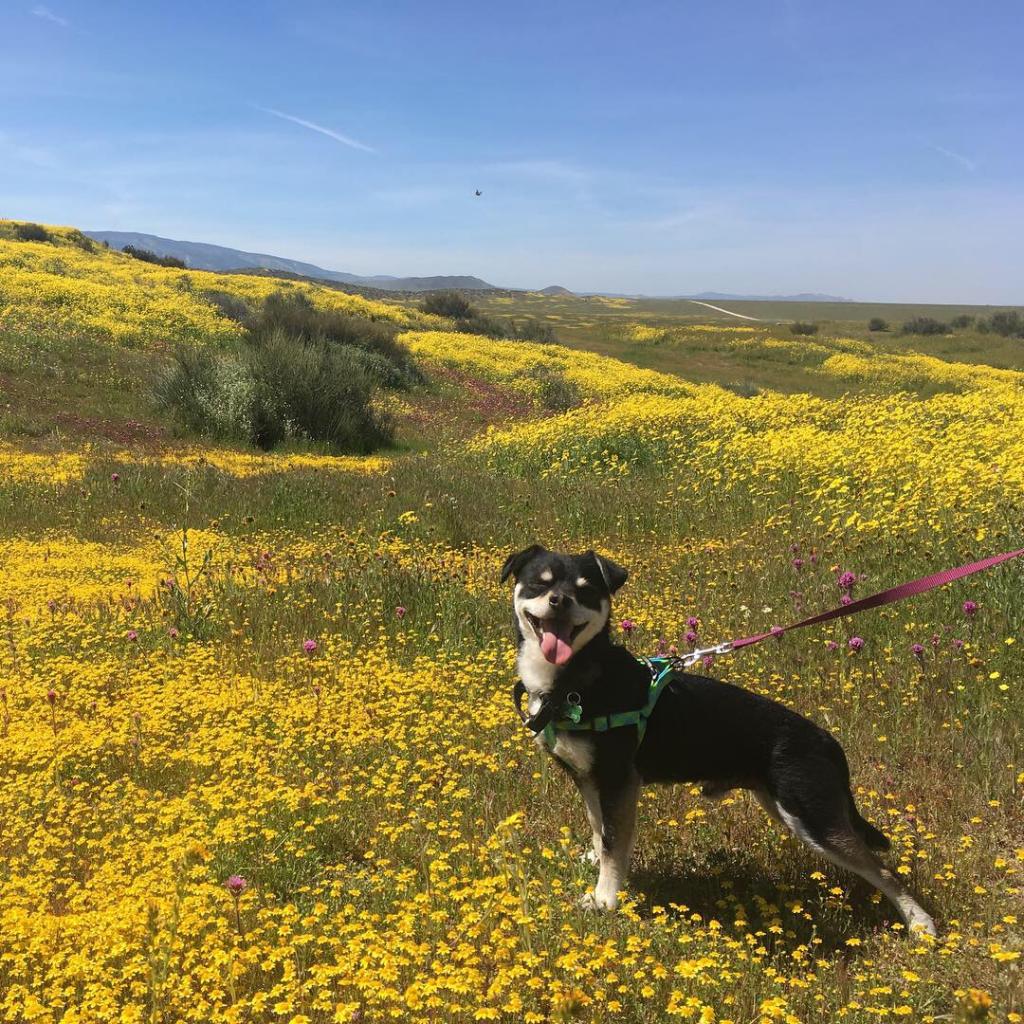 Heather SchneiderCPC Conservation Officer
Heather SchneiderCPC Conservation Officer
For a little more background, we’re monitoring annual wildflowers (Caulanthus californicus), so we only need to markers to last for 6 months or so and we’ll install new ones annually for each of three years. The pit tag idea is awesome for perennials, Joe! Thanks, everyone!
December 1, 2022 at 3:51 pm #14502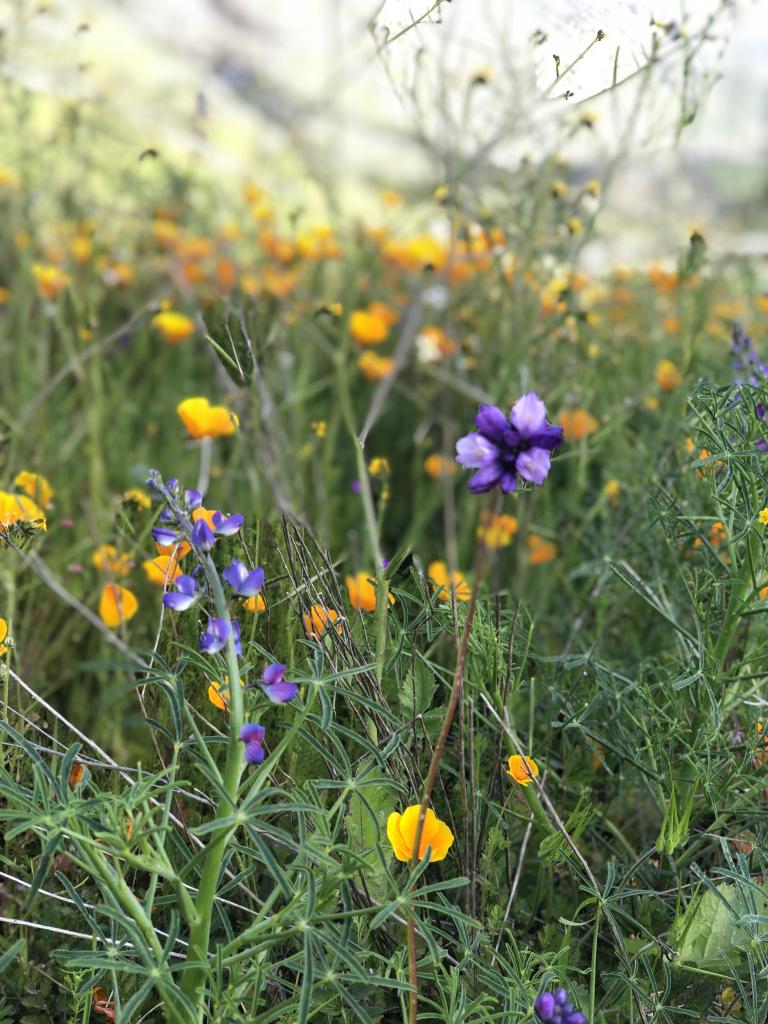 Christa HornCPC Conservation Officer
Christa HornCPC Conservation Officer
Very different context, but I’ve used plastic spiral binding to tag seedlings in the tropics. You cut the binding to make little cylinders that have space to write, but open up to wrap around a stem. They’re wide enough you can use a UV extreme sharpie to right a 3-digit number, and because the binding wraps more than 360 degrees around the stem, they stay well (at least don’t get washed out from tropical rains). They would last years under a canopy, but with full sun the lifespan on the plastic would be much shorter.
December 2, 2022 at 8:21 am #14510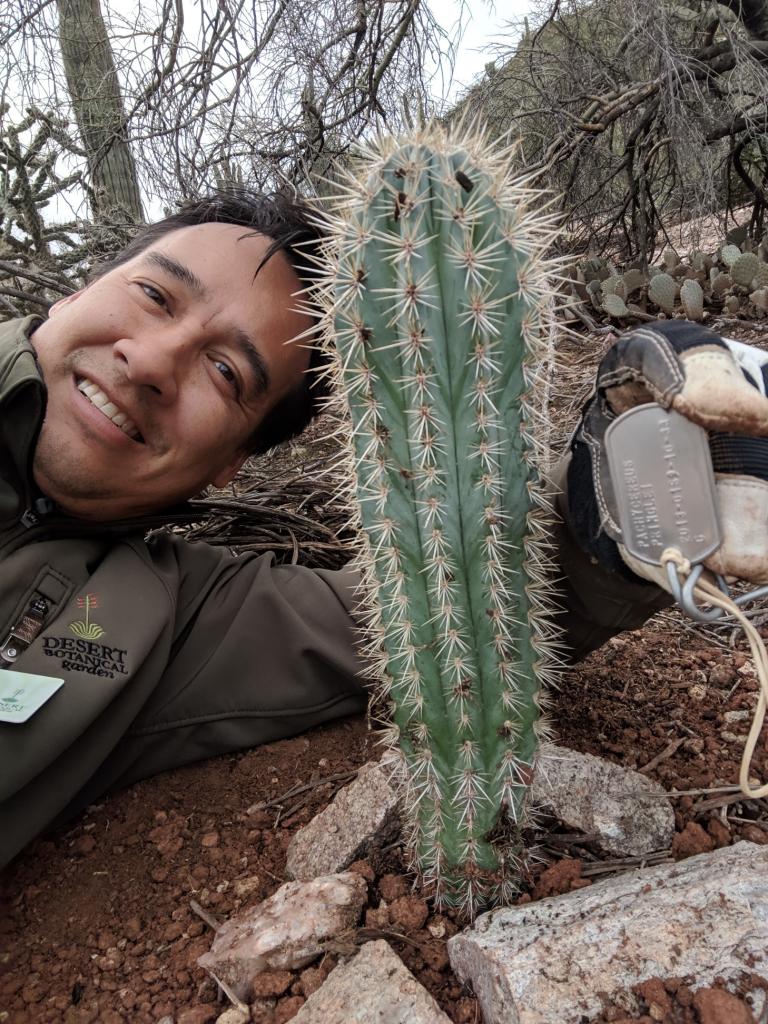 Steve BlackwellCPC Conservation Officer
Steve BlackwellCPC Conservation Officer
Joe,
We’ve been considering using rfid tags for marking our plants but haven’t been able to find the right solution. Could you let us know what kind of tags and reader you are using for this?
Thanks!
December 2, 2022 at 8:21 am #14503Sasha JoachimsSubscriber
It looks like you have already got some good ideas but if you are still considering options, we have used chopsticks to delineate areas where we planted bulbs of an endangered lily species. We painted the tops fluorescent colors to make them easier to see. They are large enough that they don’t get disturbed by most rodents, there are sites that still have them 10 years later and they are a lot easier to see than toothpicks! I really like the pit tag & spiral binding suggestions though. I was also going to suggest tying ribbon or flagging around the plants, but spiral binding would be more flexible and accommodate plant growth better. Tyvek makes good weatherproof signage, you could use Tyvek labels tied to the plant with flagging, string or spiral binding. Good luck!
December 2, 2022 at 8:21 am #14504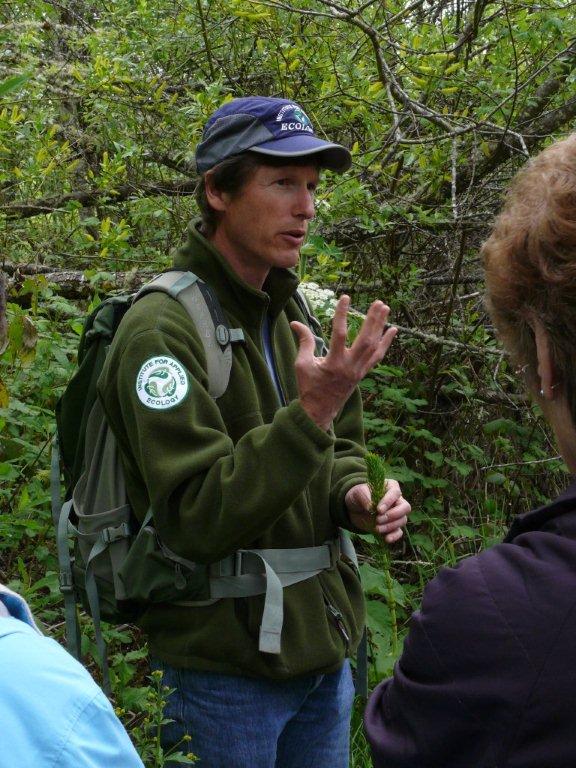 Tom KayeCPC Conservation Officer
Tom KayeCPC Conservation Officer
Since this is an annual (and a robust one at that) I’d opt with tagging the plant stem, as Crista suggests, rather than putting something in the soil. Plastic spiral binding is a great idea, as long as it’s the right diameter for the stem. You could even use these on leaves, I suspect, for plants that don’t make it past the rosette stage. Or you could wrap thin flexible wire (with a tag) around the base of the plant at the top of the taproot, just below the rosette leaves. I’m wondering if you might discover that some plants are biennial rather than strictly annual. Good luck!
Tom
December 2, 2022 at 8:41 am #14521Matthew WangCPC Conservation Officer
Maybe! I’ll let you know in a couple years. 😉
December 2, 2022 at 8:41 am #14520Matthew WangCPC Conservation Officer
Thanks for all the input everyone! We’ll have to think on it but I’m leaning towards tying something around the plant.
December 2, 2022 at 10:58 am #14548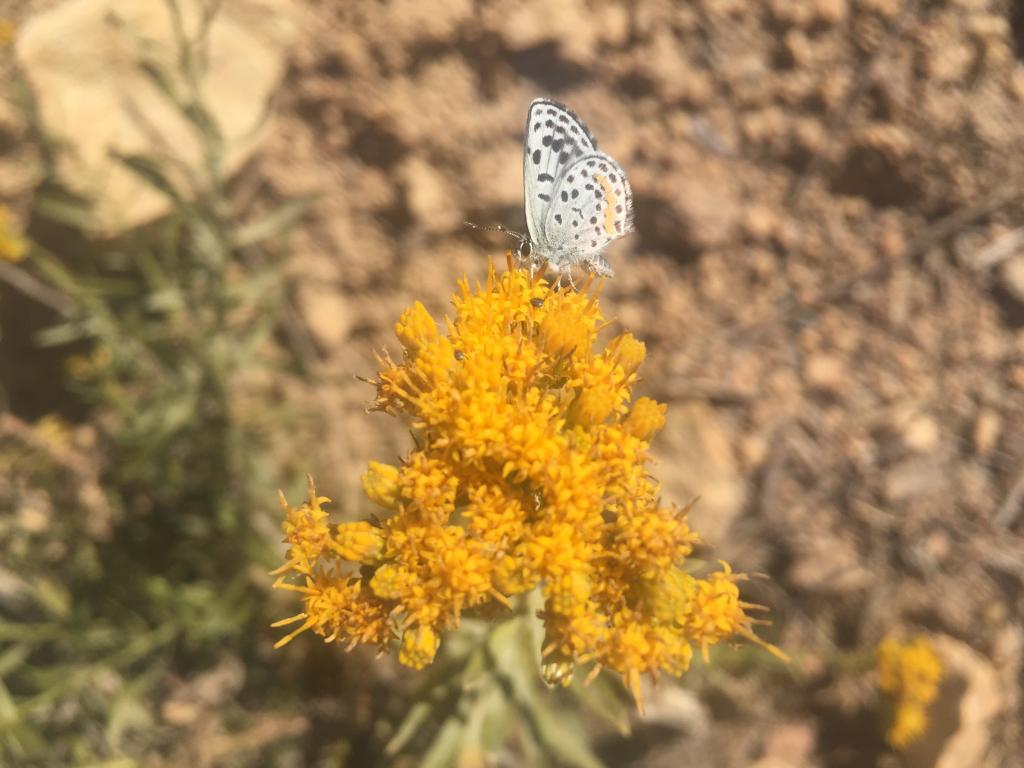 Stacy AndersonCPC Conservation Officer
Stacy AndersonCPC Conservation Officer
To further add to Joe’s comment we use 23 mm HDX PIT tags from Oregon RFID https://www.oregonrfid.com/products/hdx-pit-tags/23mm-hdx-pit-tag/ for our Dudleya reintroduction/monitoring project at Torrey Pines State Reserve where discretion is needed. The tags can be read through soil, wood or stone and are waterproof unless the glass is damaged. We buried ours into sandstone. As Joe mentioned, theses tags are discrete, will last years and create a unique ID for each individual. They’re sold in packs of 100 for $155 and we also purchased silicone tag sleeves are sold in packs of 100 for $20 to further protect the tags. They also offer a larger 32 mm size for $165/100 – the larger the tag, the better the read range. I didn’t purchase the appropriate reader through this company as they’re a bit expensive (and it looks like they’re out of stock) but found a more affordably priced compatible unit through Amazon: chiphandel.de Wir lieben Tiere. ISO 134,2 kHz RFID Chip Reader Scanner F1 Mini for pet Animal cat Dog microchips transponders in case for $135. It’s super easy to use, compact and the charge lasts a long time. Dudleya brevifolia will completely disappear when dormant so we initially marked each location with roofing nails but those were pulled up by trespassers.
Good luck!
Stacy
April 10, 2023 at 3:36 pm #15405 Cooper BreedenSubscriber
Cooper BreedenSubscriber
I came to ask the group a similar question about tagging plants for long term demography–glad to see others have wrestled through a similar issue. We may end up adopting or adapting some one of these. We were considering using plastic golf tees because we are working in soil that is too shallow for standard flags or landscape staples (avg soil depth ~12cm but sometimes as low as 1-3cm), and because individual crowns/ramets (Trifolium calcaricum, a stoloniferous species) can grow very close together so we need something small enough to place in close proximity to each crown. I love the spiral binding idea, but I don’t think there’s any part of the plant that could hold a spiral binding reliably.
I attached a photo of this species in a 4″x4″ pot. This is about as robust as it gets, except that it forms stolons that typically wither away in the same year the new crown develops at the end of the stolon. If anyone has additional thoughts about how to mark these, I’m all ears!
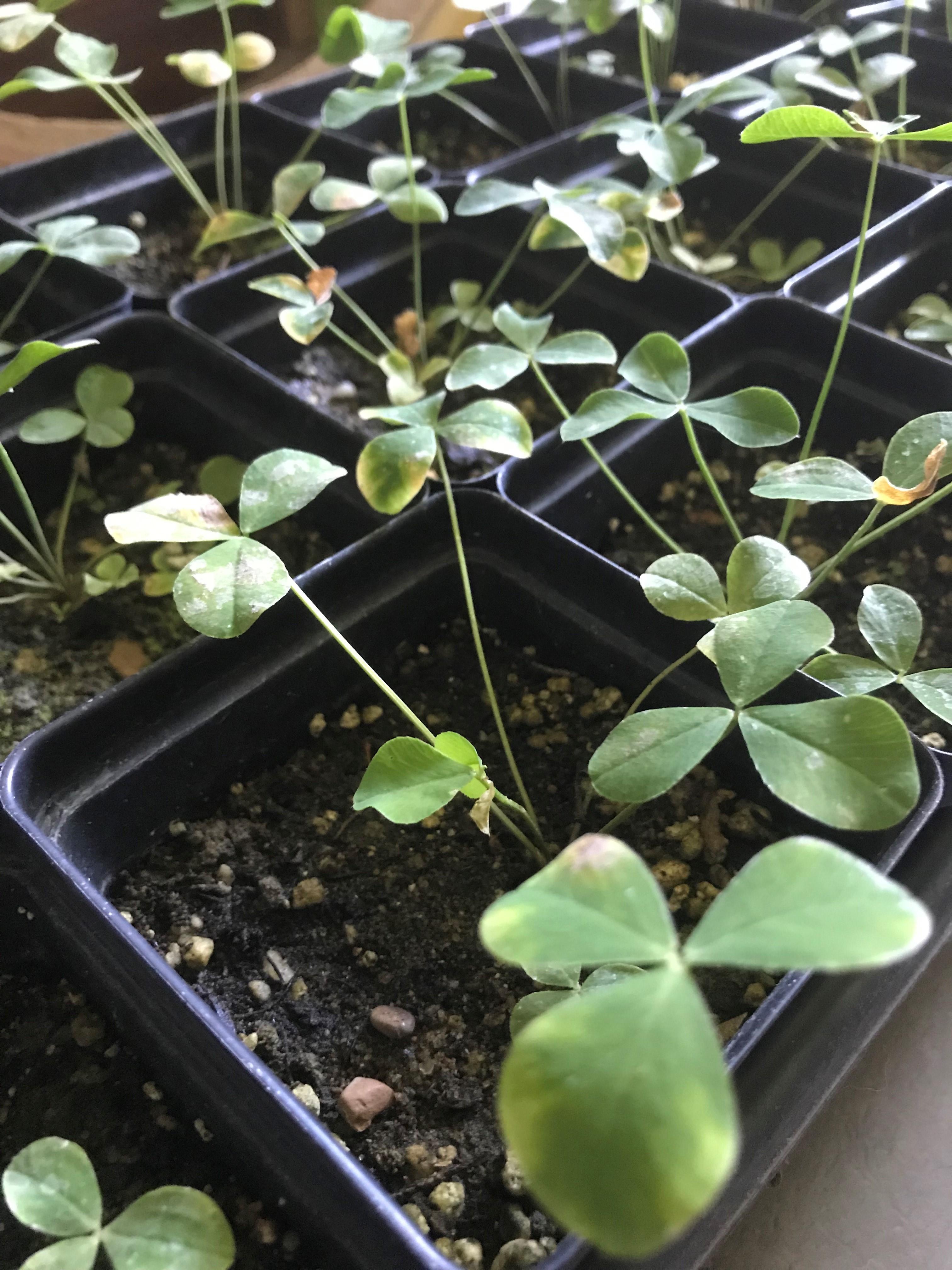 April 10, 2023 at 4:33 pm #15407
April 10, 2023 at 4:33 pm #15407Matthew WangCPC Conservation Officer
We have had pretty good luck just making little flags with toothpicks and tape. We’ve had two pulled up, but considering we have 300+ plants tagged, that’s not too bad!
April 11, 2023 at 8:19 am #15409 Cooper BreedenSubscriber
Cooper BreedenSubscriber
Good to know! Do you use wood and if so have you found it to last many years? We were thinking wood might decompose pretty quickly and may need to be replaced once every year or so–high moisture level in these soils for multiple months in the spring and winter. I suppose we could use plastic toothpicks, too.
April 11, 2023 at 9:41 am #15414Matthew WangCPC Conservation Officer
We used wooden toothpicks, but this project is with an annual so they have to be moved every year anyway. Every demography project I’ve worked on with perennials, we’ve used the standard metal tags.
-
AuthorPosts
- This topic has 13 replies, 9 voices, and was last updated 2 years, 3 months ago by
Matthew Wang.
- You must be logged in to reply to this topic.